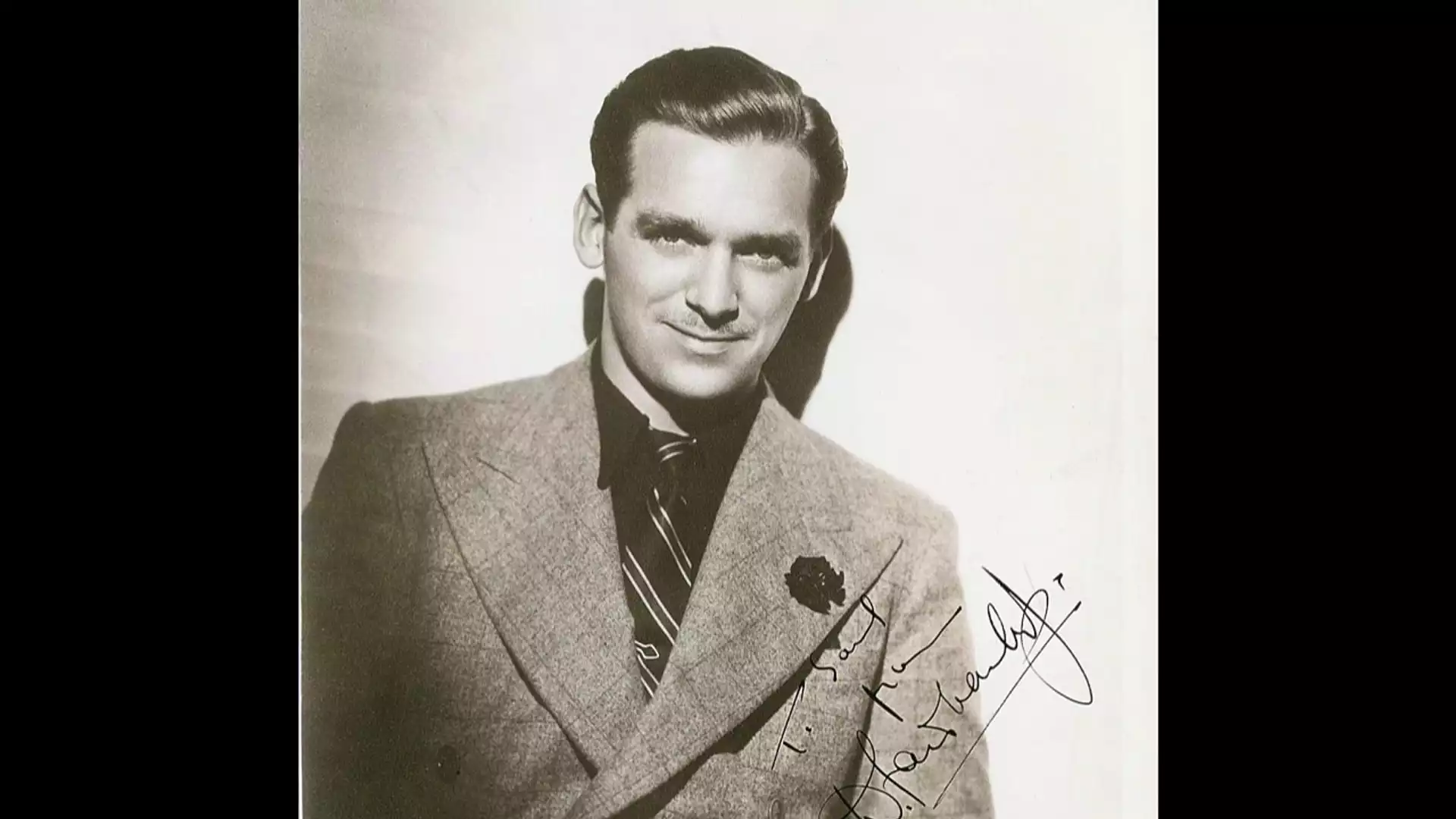The advent of sound film in the late 1920s marked the end of an era for Hollywood actors. Talking pictures meant that stage actors with weak voices, regional accents, or thick foreign accents were no longer suitable for film roles. Stage actors like Lionel Barrymore and John Gilbert struggled to adapt their performances to match the new microphone-captured dialogue, while British actors like Leslie Howard and Robert Donat found their smooth delivery perfectly suited to the new style of filmmaking. For those who grew up on silent film, it is hard to imagine the impact that this new visual storytelling had on its viewers. Surprisingly, silent films reached even larger audiences than today’s movies because they could be viewed without captioning or subtitles. Silent movies also came at a time when there was limited filmed entertainment available. Only a few nickelodeon theaters were showing short silent films before “The Great Train Robbery” in 1903 but afterward, cinema blossomed as an affordable pastime for working-class Americans.
Daring Performances and Breathtaking Chases
Film audiences of the 1920s were attracted by daring stunts and heart-stopping chases. Audiences were enthralled by daring feats performed by Hollywood’s most athletic actors, including Harold Lloyd, Buster Keaton, and W.C. Fields. If you’re curious to see how these acrobatic stunts would translate onto the big screen with sound, take a look at “Safety Last!”. Starring “King of Comedy”, Buster Keaton, the film is about a young man who gets a job as a billboard advertising salesman. To advertise the product he must climb up a tall building in the middle of the city. The film contains one of the most daring and death-defying stunts ever seen on screen.
The Rise of the Action Hero
The advent of sound film was also an excellent opportunity for filmmakers to create strong characters who could rise above the noise and confusion of movie-making. Actors now had to deliver long speeches with great emotion, and directors had to create an illusion of realism amid all the noise and activity on the set. Those actors who rose to the challenge and remained silent are now considered the forerunners of modern action stars. Hollywood studios were quick to capitalize on this new demand for strong silent characters. As early as 1920, Douglas Fairbanks had been labeled the “King of the Hollywood High-Brows.” His action-hero roles in films like “The Mark of Zorro” and “The Three Musketeers” were the first to live up to that title.
Early Romantic Heroes: Douglas Fairbanks and Charles Vanguard
The “romantic hero” is a type of character often found in silent films. It is a concept that has evolved into the modern-day idea of “bromance”. In the silent film era, romantic heroes often had no interest in romance. Instead, they were action-driven characters who were more interested in saving the world than finding a girl.
Silent Film Stars Who Escaped the Silence
While mainstream Hollywood actors relied on their vocal talents, other actors relied on their visual acting skills to get noticed in the new world of talking pictures. As early as 1920, Hollywood studios were hiring actors with German or Russian accents for villainous roles. They were able to get away with this because audiences could not understand what the villains were saying. This trend continued well into the sound era, with rising stars like Peter Lorre and Sydney Greenstreet being cast as villains or shady characters. Let’s take a look at how some of these silent film stars escaped the silence of the silent screen.
Final Words: From Silents to Sound
Unfortunately, not everyone was able to make the transition from the silence of silent film to the chatter of sound. Some of the most famous names of the silent film era were unable to make the transition to the sound era. The great Charlie Chaplin, who had been a leading silent film star since the beginning of the 20th Century, had an accent that was impossible to understand when he spoke. Silent film star Mary Pickford also had a thick accent that made it hard for her to transition to sound. Pickford’s famous “s” sound was so hard to understand that she became known as the “Smiling Sneer”. And while the transition from silent film to talkies has been a fascinating part of Hollywood history, it has also been echoed in the recent shift from silent reading to audiobooks. With the rise of smartphones, e-readers, and other portable devices, consumers have less and less opportunity to sit quietly and read, and more opportunities to consume audio content. Silent film actors and their stories are a fascinating slice of history, and with the recent resurgence of audiobooks, there’s never been a better time to revisit this era of Hollywood.


 What is Fractional Laser Skin Resurfacing?
What is Fractional Laser Skin Resurfacing?
 Taxi Companies and The Economic Benefits of Tourism
Taxi Companies and The Economic Benefits of Tourism
 Ketchup, Mustard and Mayonnaise: Sauces as Condiments
Ketchup, Mustard and Mayonnaise: Sauces as Condiments The Biggest Silent Film Star was Charlie Chaplin
The Biggest Silent Film Star was Charlie Chaplin Rudolph Valentino Silent Film Heart-throb
Rudolph Valentino Silent Film Heart-throb Hooray for Harold Lloyd and Silent Film
Hooray for Harold Lloyd and Silent Film Buster Keaton a Silent Film Star
Buster Keaton a Silent Film Star Warner Bros Film Studio in the Heart of Hollywood
Warner Bros Film Studio in the Heart of Hollywood